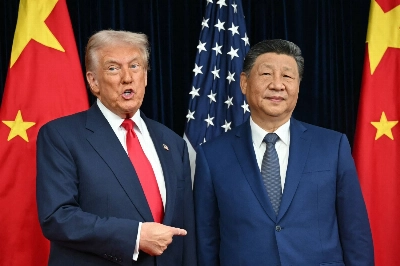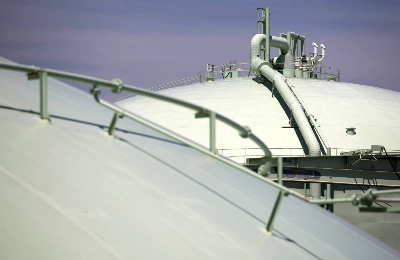The George Washington, a nuclear-powered aircraft carrier of the U.S. Navy, will arrive at Yokosuka on Thursday to replace the oil-powered Kitty Hawk. This will be the first time that a Japanese port serves as a home port for a nuclear-powered carrier. As the situation will be equivalent to installing a small nuclear power plant in a populated area close to the nation's capital, utmost care must be taken to prevent a nuclear disaster.
The carrier will spend several months a year at Yokosuka. It has two 600,000-kW reactors and is equipped with a multitier safety system. The U.S. Navy has said its nuclear-powered ships have never suffered a reactor-related accident and has given assurances that safety will be maintained.
But two incidents give cause for worry. On May 22, improperly stored flammable liquids were ignited in an engineering room of the George Washington, most likely by a lit cigarette. The fire raged for 12 hours, damaging some 80 of the 3,800 compartments and injuring 37 sailors. The incident, which delayed the carrier's arrival by about a month, demonstrates that an accident risk remains despite its safety system.
















With your current subscription plan you can comment on stories. However, before writing your first comment, please create a display name in the Profile section of your subscriber account page.